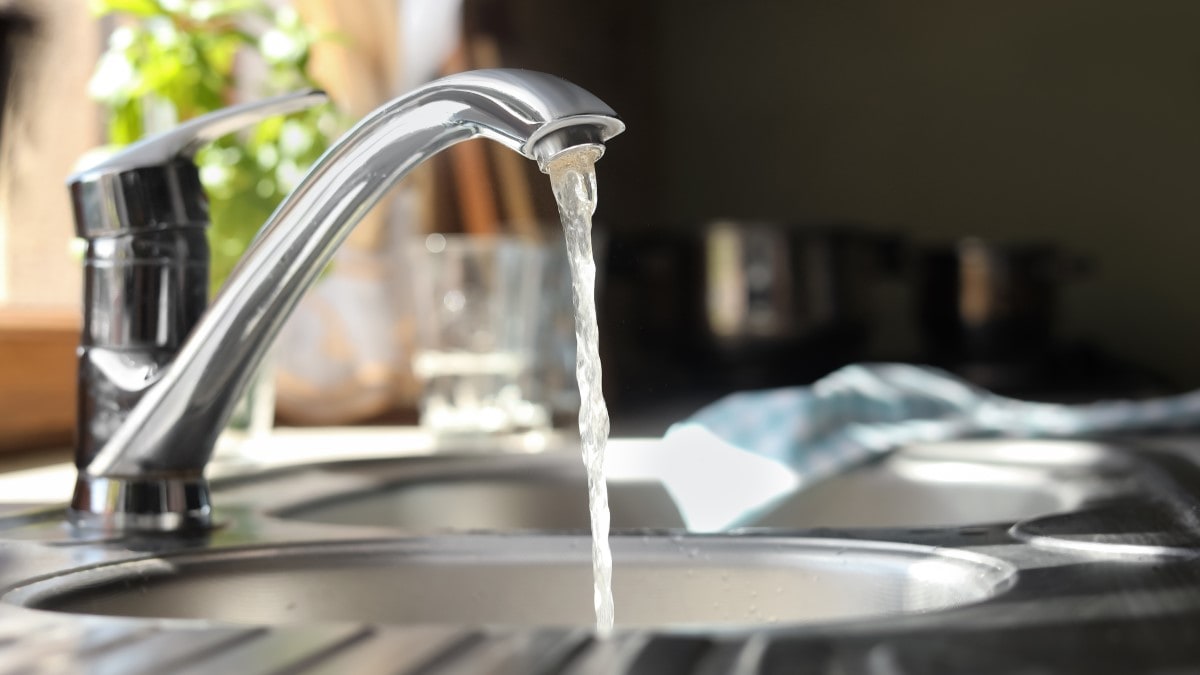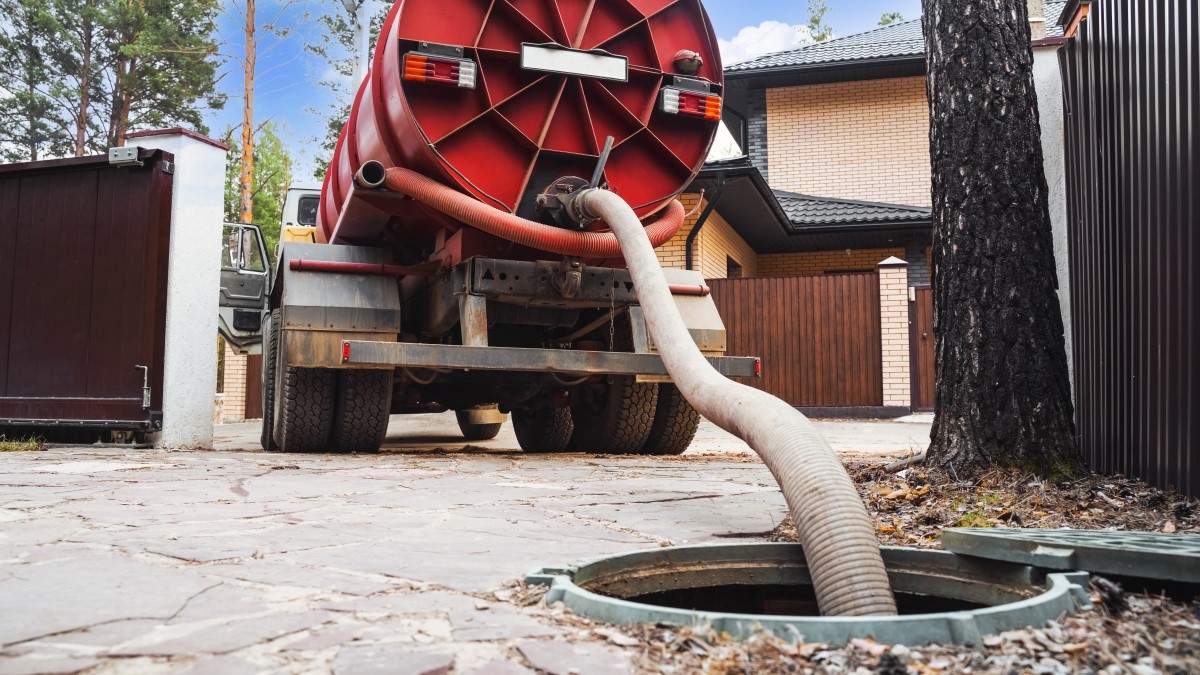Key points
- Tap water that is contaminated with germs or chemicals can make you sick.
- Tap water can get contaminated by human or animal poop, natural or man-made chemicals, or other sources.
- If your tap water is contaminated, do not drink it. Contact your health department for advice about how to make it safe to drink.

What causes it
Germs and chemicals can get into tap water:
- At the water’s source (for example, a lake or water under the ground)
- While traveling through pipes to your home or building
Cracked water pipes or other problems with water system infrastructure make it more likely that water will get contaminated.
Sources of contamination
Harmful germs and chemicals can get into tap water from many sources. Common sources include:
- Rocks and soil that naturally contain chemicals like arsenic or radon
- Fertilizers, pesticides, or other chemicals applied to land near the water
- Manufacturing processes
- Leaks from landfills or underground fuel tanks
- Concentrated feeding operations (large industrial animal farms)
- Wildlife or other animals
- Stormwater (water from a storm that moves over surfaces like streets and picks up chemicals and germs)
- Sewer overflows
- Nearby septic systems that are not working correctly

Types of germs
Germs that can contaminate tap water and make you sick include:
- Cryptosporidium
- Campylobacter
- E. coli O157
- Enterovirus
- Giardia
- Hepatitis A virus
- Legionella
- Norovirus
- Rotavirus
- Salmonella
- Shigella
Types of chemicals
Chemicals that can contaminate tap water and make you sick include:
- Arsenic
- Copper
- Lead
- Nitrate
- PFAS (forever chemicals)
- Radon
Prevention methods
Public water
Public tap water is regulated but can sometimes get contaminated with germs or chemicals.
If you get your tap water from a public water system, your utility is required to meet safe drinking water standards. Utilities treat water to remove harmful germs and chemicals to meet these standards. If your water ever does not meet safe drinking standards, your utility must tell you.
Take the following steps to better understand your water quality and avoid getting sick:
- Review the water quality report your utility must provide every year.
- Sign up to get tap water alerts from your utility or local government.
- Follow officials' recommendations during drinking water advisories.
Private wells
Tap water from private wells is not regulated, treated, or monitored by officials.
If you get your water from a private well, at least once each year:
- Check your well for mechanical problems and cleanliness
- Test your well water for harmful germs and chemicals
Also test your well water:
- If you suspect an issue
- If you notice changes in your water's color, taste, or smell
- After flooding
Germs and chemicals can get into your well after flooding, particularly if your well:
- Is shallow
- Was dug or bored
- Was covered by floodwater for days or weeks
If your well has harmful germs or chemicals in it, your neighbors’ water may also be unsafe to drink. This is because your well is likely connected to the same source of ground water (aquifer).
Source water
Protecting the water bodies that supply your tap water reduces the risk that your water will get contaminated with germs or chemicals.
Learn more about protecting water in your area:
